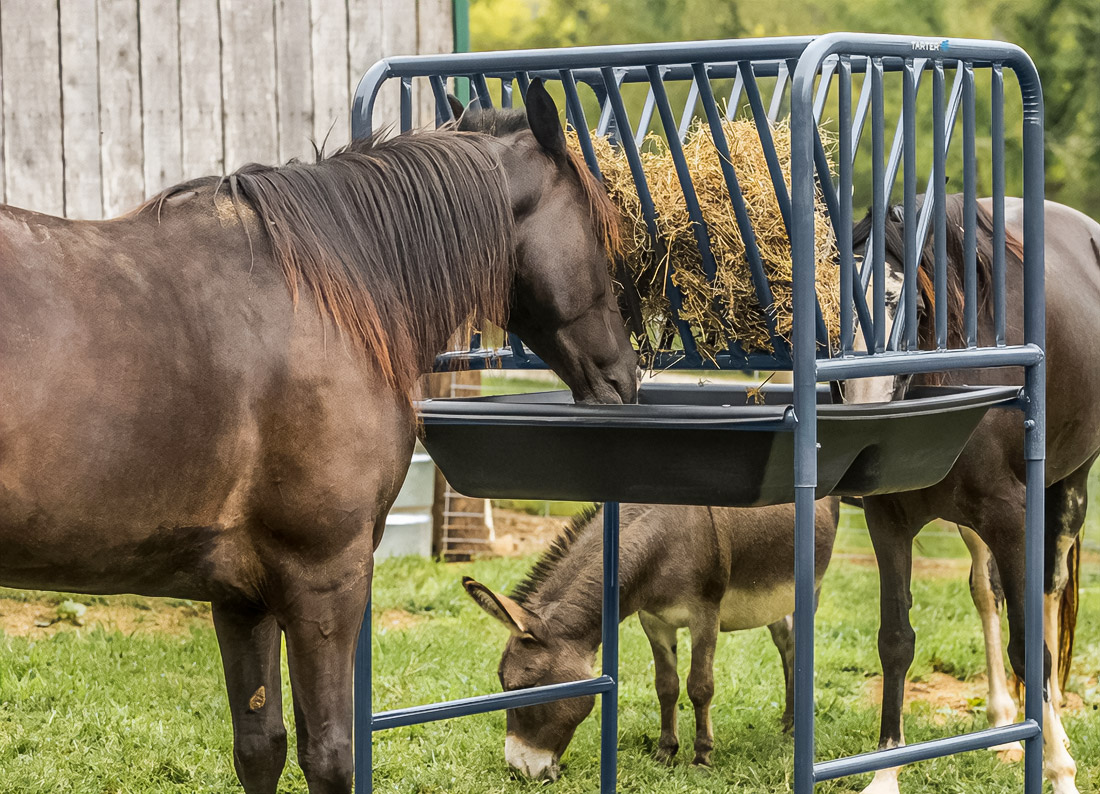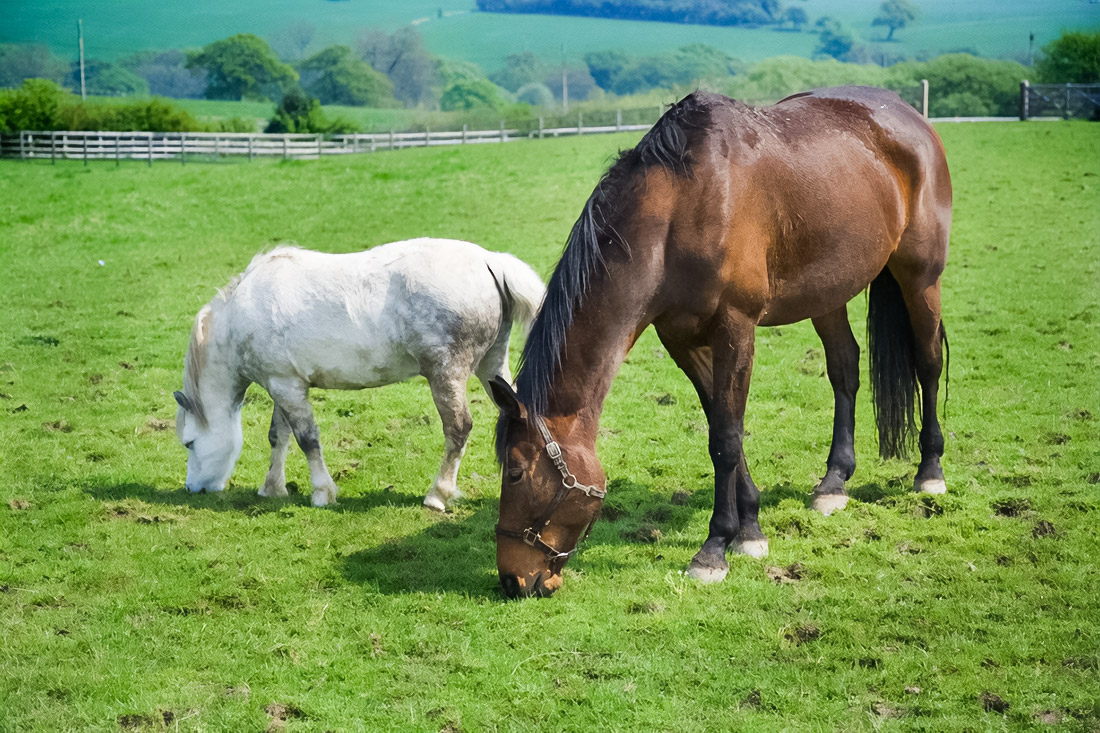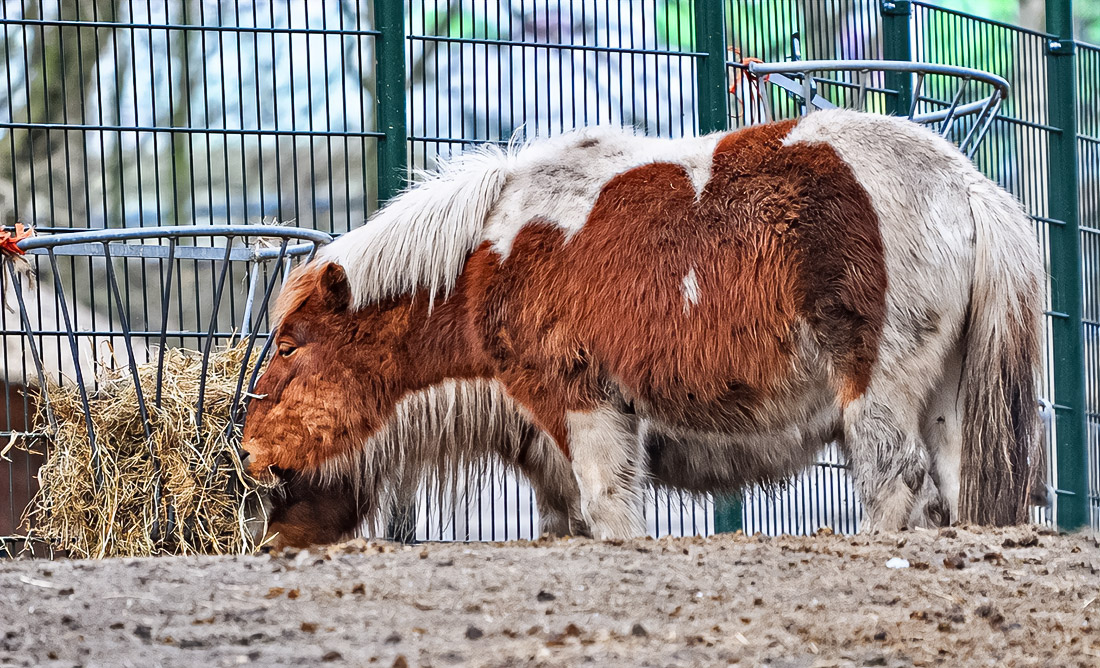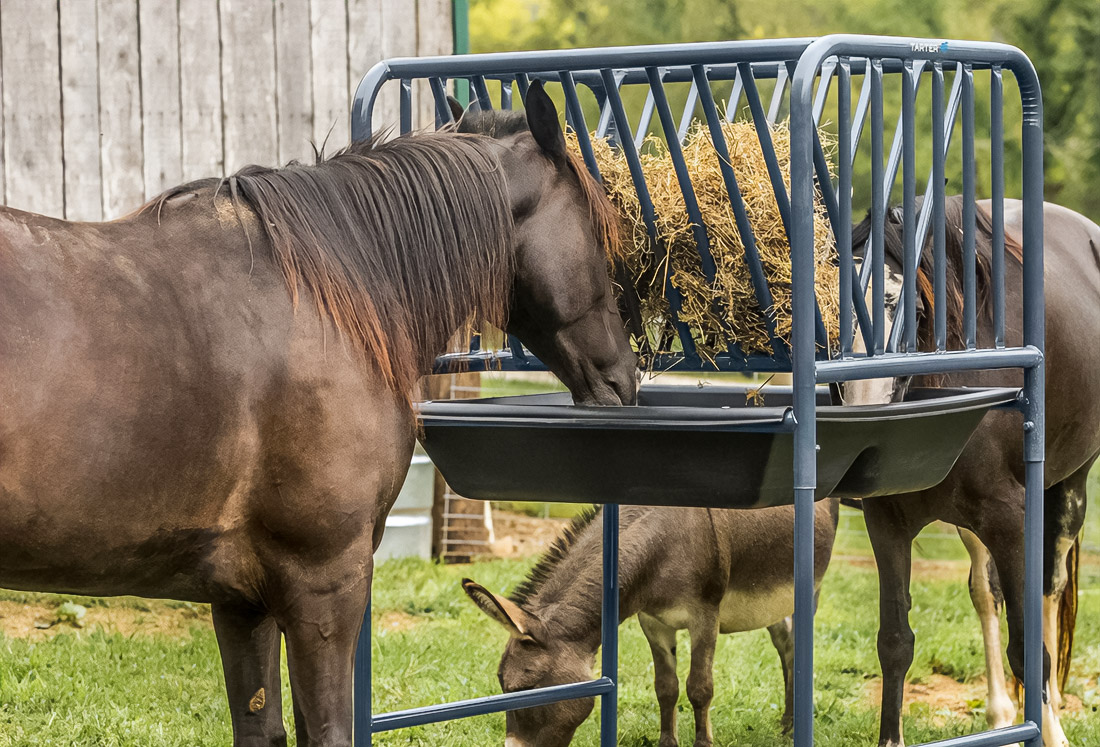Desalinated Water And Equine Minerals In The GCC: A Stable Manager Guide
The heat here spares no one. During summer in Gulf countries, temperatures soar and coastal humidity accelerates sweating. Hydration becomes a critical variable for stable performance. Any workout multiplies risks and workload.
In such conditions, the diet stops being abstract.It is a tool for managing metabolism, immune function, and neuromuscular function. Horses require vitamins, minerals, trace elements, amino acids, electrolytes, and slow release energy sources-without sugar spikes and loss of control. You need clear logic, precise dosages, and a rigorous routine; daily discipline turns a plan into a result.The diet must be edible and stable, understandable in application and predictable in effect.And without any extra guesses, just data, observations, and corrections.
How Vitamins Support Work in Gulf Heat

Water-soluble B vitamins support energy release, appetite, and stress tolerance. When coarse forage intake drops, hindgut microflora synthesizes fewer B vitamins, which is common during hot weeks and long hauls. Targeted B-complex support helps smooth dips and keep the training rhythm. Fat-soluble A, D, E, and K cover other critical needs. Vitamin D links to calcium absorption and bone integrity. Vitamin K participates in blood clotting and can be stored in the liver. Vitamin E works with vitamin C as an antioxidant pair, tempering oxidative stress and protecting muscle fibers day to day and in peak season.
Minerals and Trace Elements in Practice

Hemoglobin and red blood cells depend on iron, copper, and cobalt. Skin repair and hoof condition respond to zinc and manganese. Antioxidant enzymes rely on selenium, while thyroid function draws on iodine. Each molecule is needed at the right place and time, without excess.
Bioavailability decides outcomes. Chelated forms can improve absorption by making minerals more recognizable to the intestine. Even so, surplus intake is not better: excess iodine is toxic, and too much iron is undesirable. Balance outweighs “just-in-case” stockpiling.
Electrolyte Routines for Desert Training

Sweat carries away more than water. Sodium, potassium, chloride, and magnesium are lost, undermining neuromuscular function. Without timely replenishment, recovery slows, performance drops, and focus fades. In the Gulf climate, electrolyte planning becomes routine. Powders work for daily dosing, solutions pair well with drinking windows, and concentrated gels help on race days and long transports. Reliable local sourcing, including horse feed suppliers in Dubai, keeps schedules and stock steady.
Slow-Release Energy from Fiber and Oils

Energy sources behave differently in heat. Fiber and oils provide slow-release energy and a calmer ride. Starch and sugar create a quick spike, then a dip and fuss. Excitable horses stay steadier on “slow” energy, especially during long desert trips. Oils help stabilize pace, smooth glucose peaks, and conserve glycogen. Forage remains the foundation; concentrates are tools, not the base. This is where natural horse feed fits neatly, supporting steady output without “sugar swings.”
Omega Balance for Resilience
Grain-heavy rations push toward omega-6 and pro-inflammatory signaling. Adding omega-3 helps rebalance the picture and supports skin, coat, hooves, and joints. Respiratory and immune systems often respond quickly and visibly. Through the competitive season, the right ratio shows up in stride quality, stamina, and overall condition.
Amino Acids that Speed Recovery
Protein provides building blocks, but details decide progress. BCAAs leucine, isoleucine, and valine can spare glycogen, reduce soreness, and speed the return to work. Pair BCAAs with antioxidants and electrolytes. Sessions land more smoothly and predictably, and micro-damage converts into progress with less strain.
Adjusting the Ration by life Stage and Load
Older horses absorb nutrients more slowly and less efficiently. They benefit from vitamin E, selenium, vitamin C, and easier energy sources. Young stock and breeding groups are sensitive to micronutrient gaps: calcium with phosphorus, copper with zinc, manganese, iodine, and selenium matter greatly. After illness or surgery, needs for protein, energy, vitamins, and trace elements rise. Plan early, match intake to workload, and avoid abrupt changes.
Antioxidants and Biomechanics of Soundness
Joint health depends on antioxidants, fatty acids, trace elements, and tight control of oxidative stress. Cartilage prefers stability rather than swings. Hooves respond to biotin, zinc, methionine, and adequate protein. Skin and coat clearly reflect omega-3 balance and overall diet structure. The respiratory system holds up better with low dust, even hydration, and moderate starch.
From Baseline Assessment to Dosing
Start with the base and the numbers. Track fiber, starch, sugars, fats, and oils in the daily ration. Add electrolytes to match real sweat, not guesses. Check vitamins and trace elements: group B, A, D, E, K, plus iron, copper, zinc, manganese, selenium, cobalt, and iodine. Consider bioavailability and chelation while avoiding excess. Choose palatable forms powder, liquid, or gel that fit your schedule. Record dosages, expiry dates, and the horse’s response to each change.
Planning Purchases and Seasonal Tweaks
Work with a horse feed supplier who understands Gulf heat, coastal humidity, and transport windows. Align forage tests, oil inclusion rates, and electrolyte routines with weekly workloads. Keep contingency stock for heat waves and long trips. Update plans as seasons shift and document every adjustment. Year-round partnerships with trusted horse feed suppliers reduce disruption when conditions spike.
Discipline and Balance for Reliable Results
Heat narrows the margin for error. A diet centered on slow-release energy from fiber and oils, a consistent electrolyte plan, and targeted vitamin and trace-element support sustains metabolism, immunity, and neuromuscular function. Antioxidants temper oxidative stress and muscle overheating. Omega-3 balances omega-6 and improves outward condition. BCAAs accelerate muscular recovery after work. The thyroid receives iodine, bones receive calcium and phosphorus, and blood gets what it needs for hemoglobin and red blood cells. Joints and cartilage work longer and more smoothly. Hooves and skin honestly reflect the quality of your plan.
Hockey fan, ramen eater, hiphop head, Mad Men fan and RISD grad. Performing at the nexus of minimalism and purpose to craft experiences both online and in real life. I’m a designer and this is my work.
